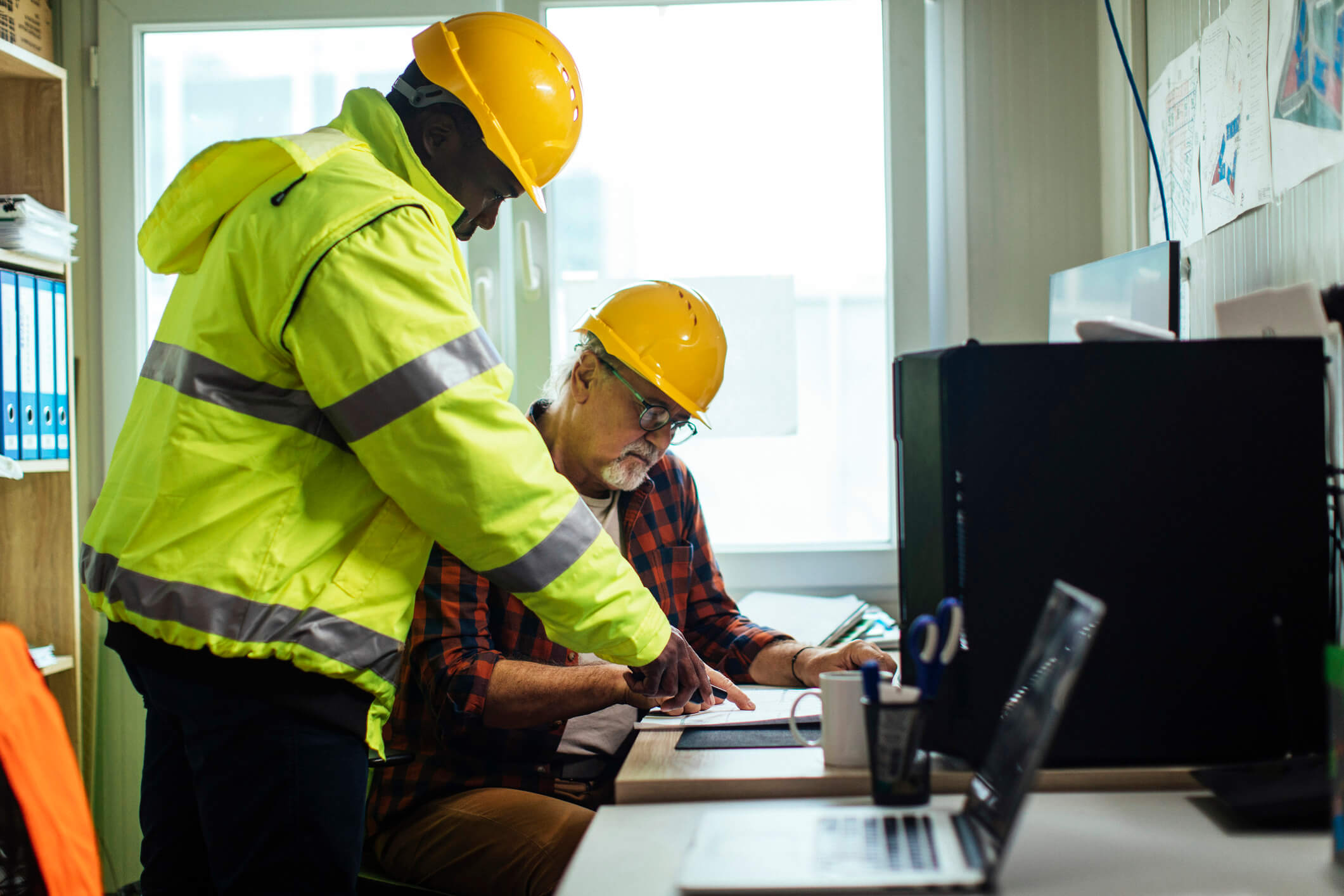
The Future of Artificial Intelligence in Construction
A look at where construction is now with AI and we're we're headed
February 16, 2023
6 min read
Industry News

Michael Sullivan
Senior Growth Marketer

Last summer, you might have caught wind of the story of China using AI, robotics, and 3D printing to build a 590-foot dam that’ll be finished by 2024. The most important detail of the story? The project will utilize exactly zero human beings. Unmanned trucks, unmanned bulldozers, and likely a robot kennel’s worth of Spots’ cousins. We’ll believe it when we see it, but the story is a metaphorical ice bucket challenge for anyone who knows anything about the construction industry.
590 feet will immediately become the record for tallest structure built with 3D printing, the previous being just 20 feet. This tidbit should clue you in on a word that should be glued in your mind to this whole scenario: experimental.
Even if the story is true and there are zero issues, this experimental project will be far from the norm for most likely decades. This is the moon landing for construction—China is building this project to be the first to do so, but more importantly to see if they even can.
Why AI is tailor-made for construction
It’s a given that AI is the future of the industry, at least Turner Construction chief innovation officer James Barrett seems to think so. “Artificial intelligence will transform our industry in the next 10 years more than any other technology in the past 100 years,” said Barrett. “It’s going to be huge because it has such broad application in so many cases. It’s not a question of if. It’s a question of when.”
The “when” is a little tricky to pinpoint. With construction perennially heading up the rear in technology adoption by industry, it should come as no surprise that construction also meets artificial intelligence with quite a bit of resistance compared to every other industry.
When we talk about finding useful technology that can help builders scale repeatable tasks and fill in the gaps, artificial intelligence, as a subset of technology, is actually tailor-made for construction. The fact that we already know the labor shortage won’t be fixed anytime soon, and is trending to get worse based on the future workforce generations’ apathy toward construction being a viable career path, even more dramatically highlights AI’s necessity in construction.
91% of all companies use a CRM to unite their departments and do more with less
AI and the paranoia that delays it
Resistance toward some technology, but especially AI, is usually built on a foundation of paranoia, the origins of which can almost always be traced back to dystopian sci-fi media and literature. “What if AI replaces us?” Luckily, AI and humans still need each other, at least as of 2023 (knocks on wood).
Artificial intelligence’s powerful algorithms and data-learning mixed with human perception and imagination is what helps humans work well beyond the scale they physically can. AI would be useless without human context. To use a Jurassic Park illustration, AI is the frog DNA used to fill in the missing sections of dinosaur DNA; you couldn’t have just frog, you need both frog and dinosaur. Again we’re knocking on wood here, since including the frog DNA in the biology didn’t work out so well for that park, huh?
When it comes to putting aside fears and embracing a future of construction and AI singing Kumbaya on a grassy knoll, there's still some hope. In fact, 92% of construction companies surveyed say they already were using or intend to use AI. If you ask us, this is perhaps an overly-optimistic figure, especially when pitted against another figure found in the survey: 35% of construction company AI projects have failed, which is among the highest of all industries surveyed.
The real enemy of AI: time
Paranoia is a broad, probably too simplistic macro-reason for AI’s slower-than-average adoption in construction. The micro-reasons are the same as why construction lags in technology across the board: a staunch committal to the manual processes that have worked up to this point, an older-than-average and less-tech-savvy-than-average executive class compared to every other industry, and perhaps the most widespread: a time shortage.
Construction is multi-faceted, complicated, never-ending, and there’s (again) a labor shortage. This means people are forced to wear many hats and not all of them fit properly. Vetting and experimenting with new technologies is usually close to dead last in priority and budget allocation, especially when business is (relatively) booming. The time that would be saved by utilizing AI first needs time to properly experiment with it; a real Catch-22.
Appointing titles like “chief innovation officers” are a luxury for most general contractors. Buildr has several GC clients with folks with “innovation” and the like in their job titles, which played a role to us being vetted in the first place by those companies. GCs that don’t have tech-vetting as a priority in their roles are always going to be in the back of the line when it comes to new technology like AI.
In the end, it will be some time before stories like China’s AI-built dam are the norm rather than the outlier. When it comes to improving safety and scaling processes, artificial intelligence will one day be a requirement for general contractors to stay relevant in their markets. For now, it’ll likely be the big dog GCs with plenty of early-adoption pocket money getting the head start.

Stay in the loop
Seriously, you should sign up to be a construction insider. Everyone will be so jealous of you.